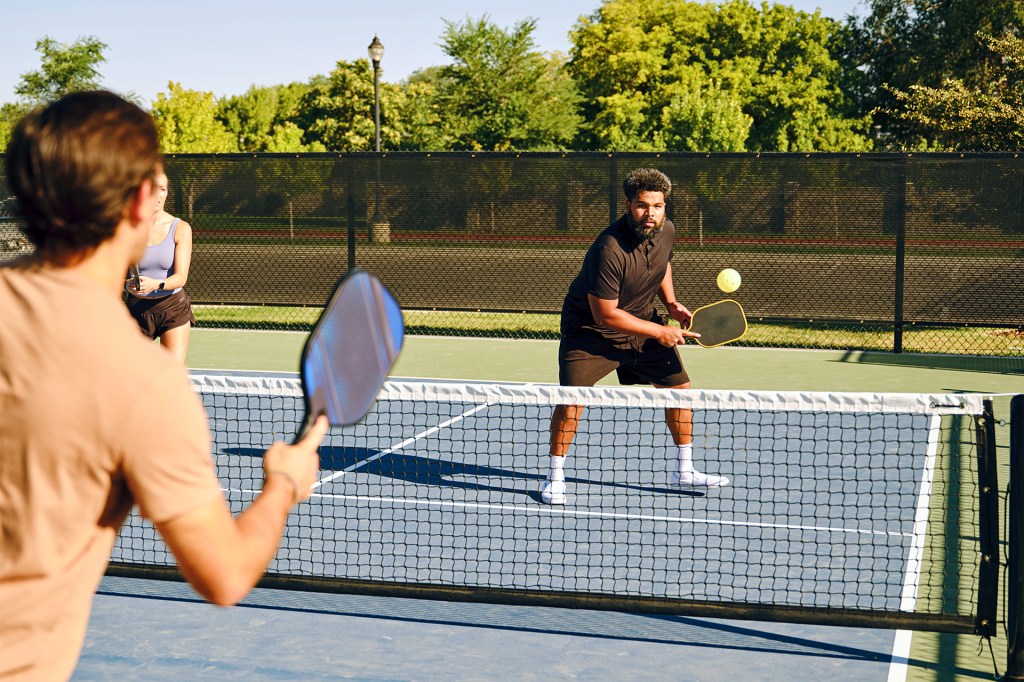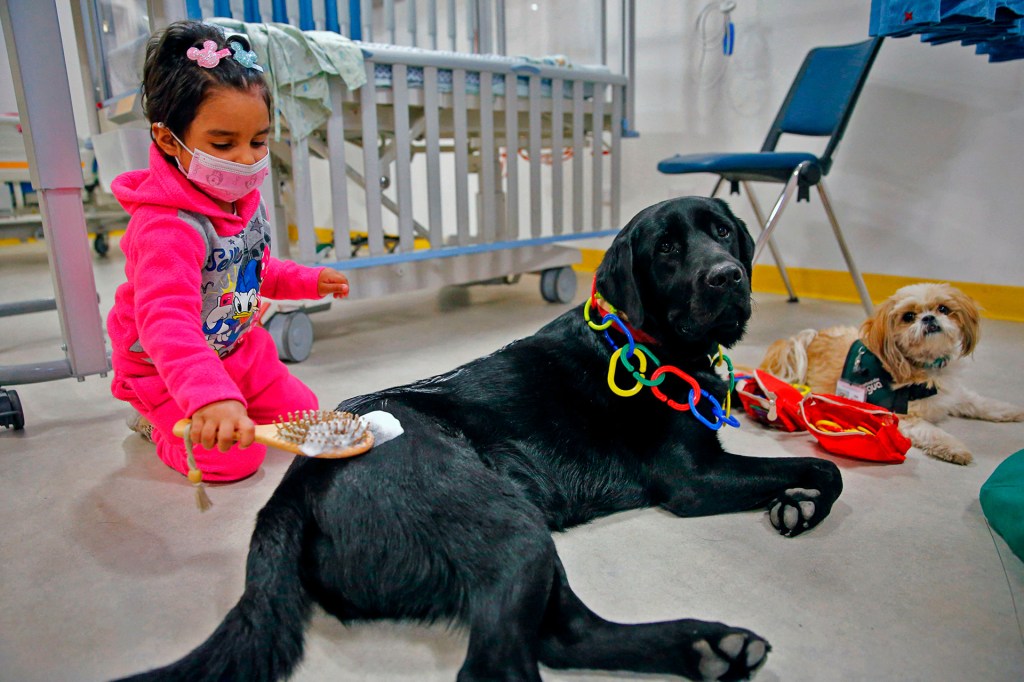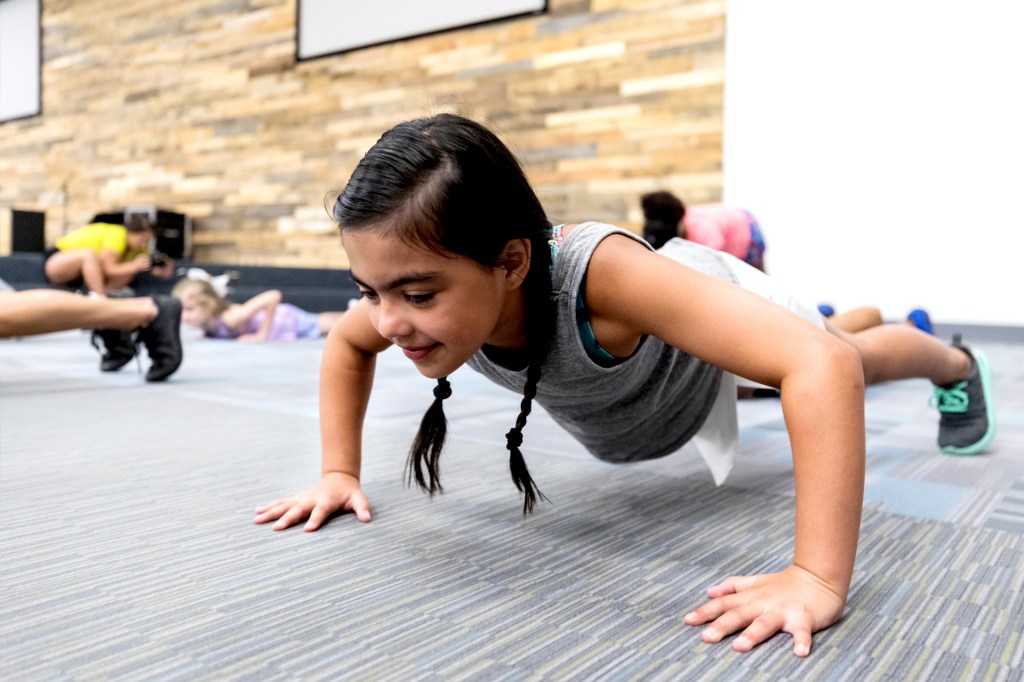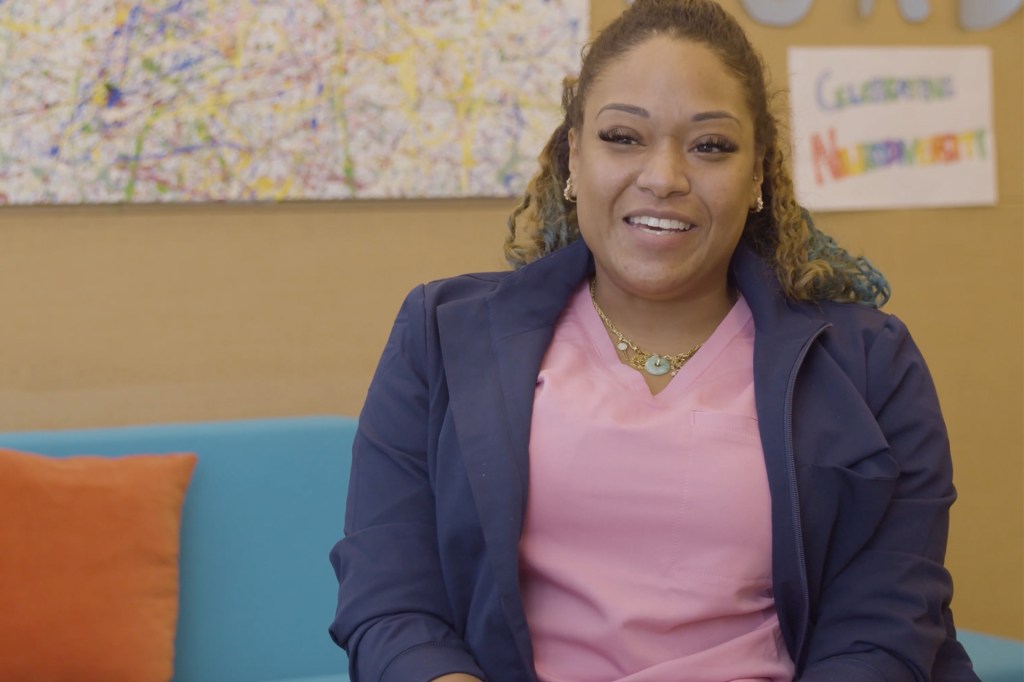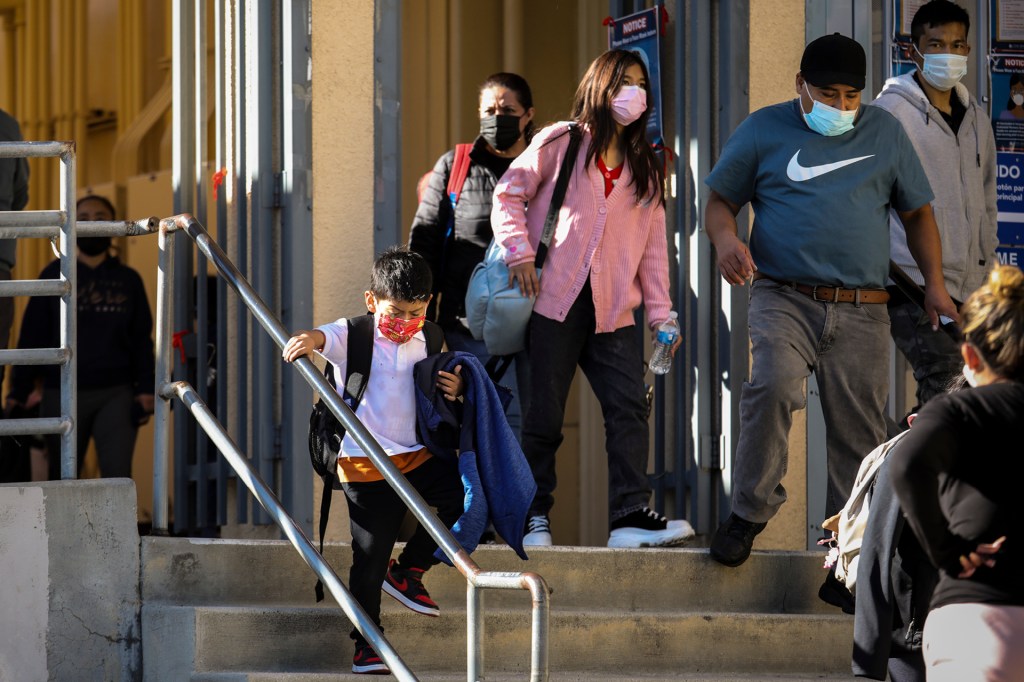
Last week, many students in the United States returned to school after winter break. They did so just as COVID-19 cases were reaching record levels.
The surge in cases has been driven by the Omicron variant. It spreads more easily than previous strains of the virus. On January 3, the U.S. reported more than a million people diagnosed with COVID-19.
Some teachers and parents want to pause in-person learning. At least for now. Chicago is the nation’s third-largest school district. Teachers there voted on January 4 to stay home. At press time, it was unclear when Chicago students would return to in-person learning.
“Change has been the only constant in this fight,” Roger León says. He’s superintendent of public schools in Newark, New Jersey. Classes there will take place remotely for at least two weeks.
But most public schools are sticking with in-person learning. That’s out of concern for the effect remote learning has on students’ mental health and academic success.
Stricter health measures are in place in some areas. Los Angeles County is the nation’s second-largest school district. Teachers and students there must take a COVID-19 test. They can return to school only if the test is negative. Masks are required at school, even outdoors.
Miguel Cardona is the U.S. Secretary of Education. “The goal [is] to keep all schools open for in-person learning five days a week throughout the 2021–22 school year and beyond,” he says.
Send Us Your Thoughts!
Have you gone back to in-person learning? Or are you attending class remotely? What has the experience been like for you? How are you and your classmates doing? Send your response to tfkeditors@time.com for a chance to appear in a future issue.





